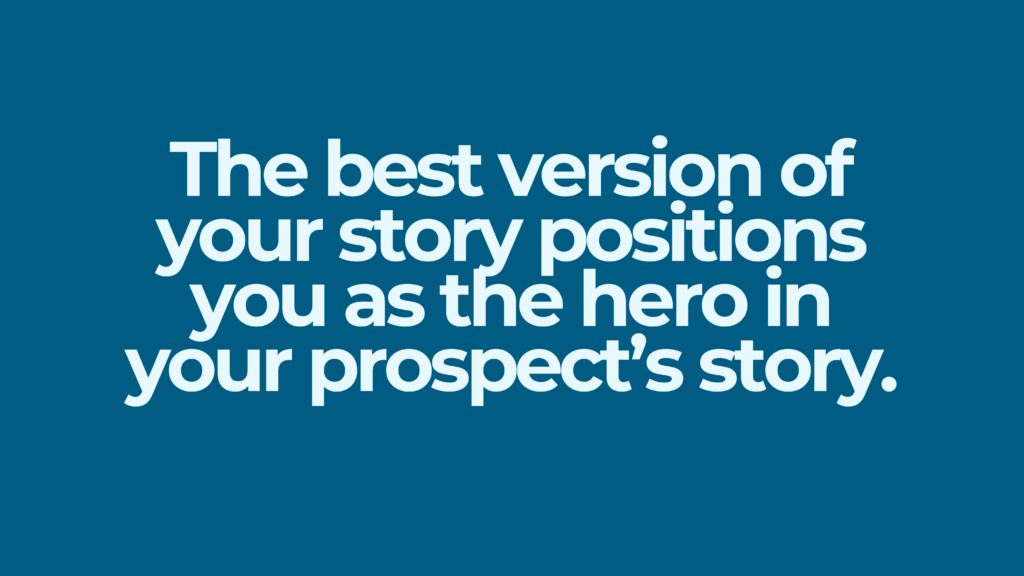In regular grammar, the subject does to, for, or because of, the object. In grammar for marketers, it’s the “because of” that matters most.
The subject is the main character, state or object of the story being conveyed. Conversely, a sentence’s object is the reason there’s a story to tell about the subject.
“Grammar for marketers” would be a short course.
Marketing efforts routinely bend, circumvent and ignore the rules of grammar. In fact, three of the more legendary campaigns featured creative interpretations of grammar for marketing purposes: Apple’s Think Different, Subway’s Eat Fresh and Milk’s Got Milk?
Sentences can end with a preposition in marketing copy if it’s more conversational. Sentences can start with “And…” or “Because…” for smoother flow. Oxford commas can be used when they make sense and omitted where they’re not.
Most marketers, shy of the very proper, would probably agree that almost every rule of grammar can be disregarded for effect.
But if there was a “grammar for marketers” course, subject vs. object would be a keystone lesson because this specific rule has to be non-negotiable:
NEVER be the subject of your marketing copy.
If you or your brand is the main character of your marketing effort, you’re talking about yourself, how wonderful you are and how your experiences/successes/reviews make you the right choice for your prospect.
Think about that for a second. You’d be asking a prospect to part with their hard-earned money (or harder-earned time) without mentioning them at all. Your odds of conversion would most likely be tenuous at best.
Grammar for marketers: Your prospect should always be the subject.
Your message should be about why their life will be better tomorrow; how their problem will be solved, who will find them more credible, when they can expect results; what they’ll be able to do that they can’t now, where they’ll see the most improvements or anything else that centres them.
If you go in talking about yourself, you risk boring your prospect into indifference. They don’t care about you or how great you are. Yet.
But if you make them the subject and position yourself as the object, you can link the two in a beautiful description of your prospect’s future state.
In “my plants are healthy since the rain came,” you want to be the rain.
When a prospect can see what their personal or professional lives will be with you in it and why they’ll feel an improvement — and especially after you get the chance to prove it — they’ll care about you very much.
That’s when you can start reminding them how great you are. And if you do it right, they’ll have everything they need to recommend you far and wide.

Are you respecting this rule of grammar for marketers? Find out.
Go to your home page and count the number of times you see the word “we” (or “I”). This is a strong indicator of your adherence to the subject vs. object rule of marketing.
Seeing “we” or “I” all over the place? You’re the subject of your own story. Your brand will become the person no one wants to sit next to at a dinner party, much less buy from.
Catching a few we’s or I’s here and there? It’s going to happen, but shut it down because centring yourself is a nasty habit to break. Writing about yourself is a port in a storm when you have writer’s block. Before you know it, you’re the subject of your own story and drowning in irrelevance.
No we’s or I’s? There you go! You’ve got subject vs. object down pat. Hopefully, your prospect is the subject and you’re their heroic object.
One easy way to keep yourself out of the subject’s chair.
Focus your narrative on results and benefits versus process, technology or features. The latter three are about you and what you bring to the table. It’s important and should be covered, but only after you’ve fully painted a picture of their future.
So, to wrap this up and make sure you know what you’re doing, choose the sentence from the two below that follows this rule of grammar for marketers:
- We developed pillow stuffing that won global design awards.
- You’ll never wake up with that painful morning shoulder pinch.
Number 2 is the best version of your story because it’s not about you. It positions you as the hero in your prospect’s story. That’s when you get the yes you want.
